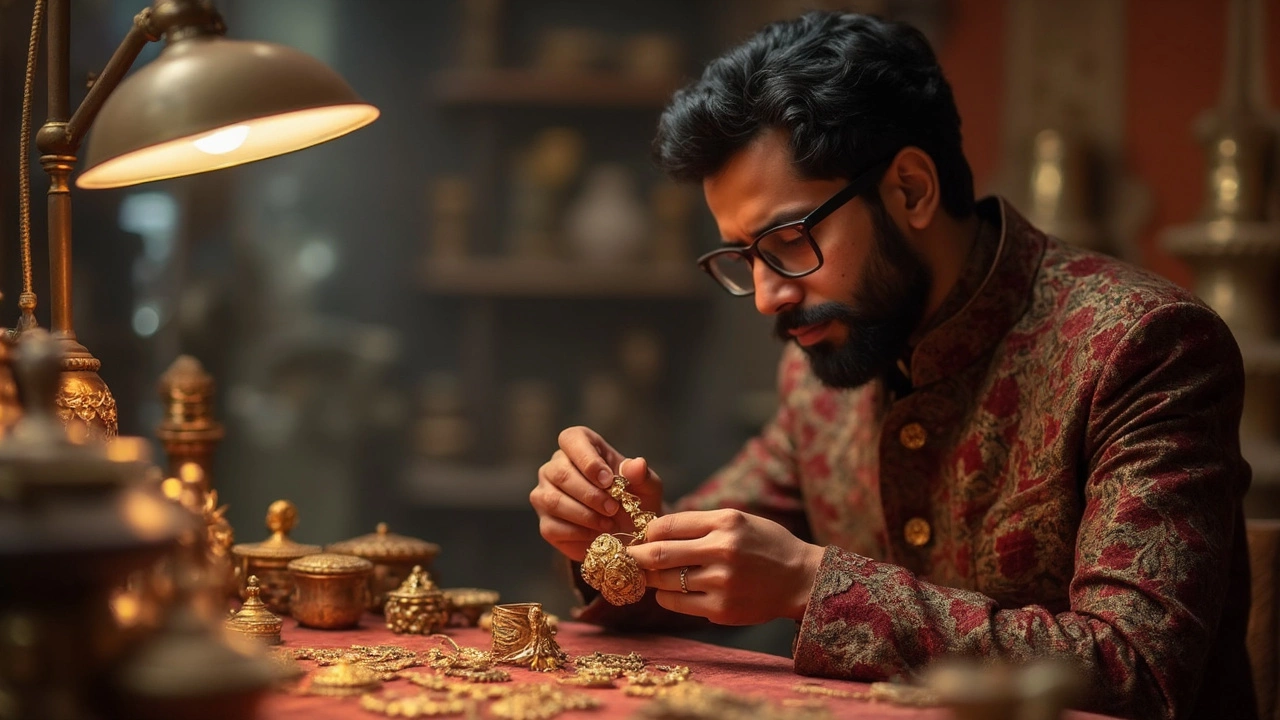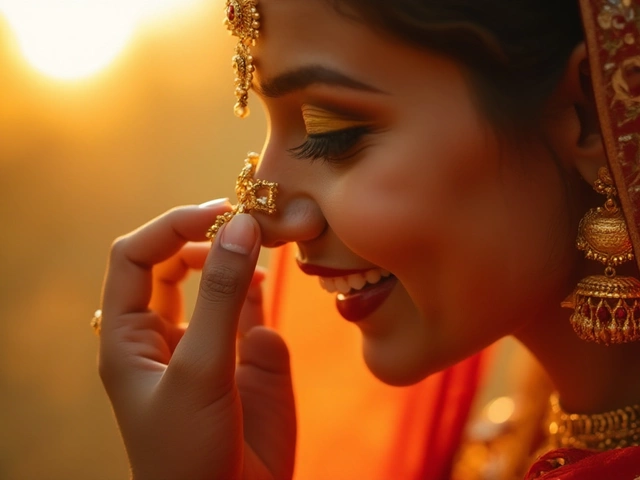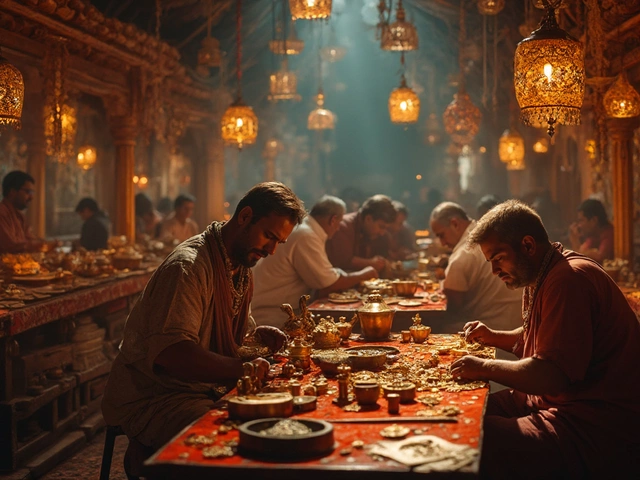
So, you've got a ring that you no longer need and you're wondering if Kay Jewelers might be interested in taking it off your hands. It's not a straightforward yes or no, so let's break it down a bit. Generally speaking, Kay Jewelers doesn't have a buyback program for rings, especially if we're talking about an antique piece or something you purchased a while back.
Why, you ask? Well, many big retailers focus more on selling new jewelry rather than buying back previously owned pieces. Plus, the pre-owned jewelry market operates differently, often relying on jewelry specialists or boutiques that handle unique or antique designs.
- Kay Jewelers' Buyback Policy
- Antique Jewelry Insights
- Tips for Selling Your Ring
- Understanding Jewelry Value
Kay Jewelers' Buyback Policy
You might be curious if Kay Jewelers would buy back a ring you previously purchased from them. Here’s the scoop: Kay doesn’t typically offer a buyback policy for jewelry. Their main focus is on selling new and stunning pieces rather than reselling used ones.
What's the Policy?
While Kay Jewelers doesn't generally entertain buybacks, they do provide options like trade-ins or exchanges on diamond jewelry, often allowing you to upgrade by paying the difference. It's key to remember that these programs can vary, and it’s worth chatting with your specific store to get the lowdown on their current offers.
Why No Buyback?
One reason for the lack of a buyback program is that big retail jewelers like Kay focus on maintaining high standards for quality and style in their inventory. They prefer selling new designs fresh from their collection rather than adding the complexity of reselling pre-owned items.
Other Options
If you’re looking to sell a ring, you might consider alternatives like antique jewelry specialists, auction houses, or even online platforms tailored for pre-owned luxury goods. These avenues might give you a better shot at getting a price that reflects the piece’s unique appeal or sentimental value.
Thinking about trading or exchanging? It’s a good idea to gather any original documentation you have, like receipts or certificates. These can help make the process smoother, and several Kay Jewelers stores require them to authenticate your piece.
Antique Jewelry Insights
When it comes to antique jewelry designs, there's a lot more than meets the eye. These pieces aren’t just items but gateways into history. Each ring, necklace, or bracelet tells a tale of its time through the style, materials, and craftsmanship that define it.
Antique pieces are generally considered to be over 100 years old, while vintage items are between 20 to 100 years old. While some Kay Jewelers selections might dabble in vintage styles, they typically don’t specialize in antiques.
What Makes Antique Jewelry Special?
Apart from their age, antique jewelry is loved for its uniqueness. Manufacturing techniques were different back then, often requiring a level of handcrafting that gave each piece its own personality. This aspect makes it appealing for collectors and fashionistas alike.
Materials like platinum or old European cut diamonds, which aren’t widely used today, are often found in these pieces. So when you're wearing an antique ring, you're essentially carrying a piece of history on your finger.
Styles Through the Ages
Antique jewelry reflects the changing tastes and technology of its time. Here’s a quick glance at some popular styles through the ages:
- Victorian Era (1837-1901): Known for intricate designs and gemstone use like sapphires and pearls.
- Edwardian Era (1901-1915): Light and airy designs, lots of lace-like patterns in metalwork.
- Art Deco (1920s-1930s): Bold geometric shapes and bright gemstones, a shift towards modernity.
| Era | Common Materials |
|---|---|
| Victorian | Gold, silver, garnet |
| Edwardian | Platinum, diamonds, pearls |
| Art Deco | Platinum, emeralds, sapphires |
While owning these pieces can be a joy, if you’re considering selling, approach specialty jewelry shops or auction houses that truly appreciate their worth.

Tips for Selling Your Ring
Thinking about selling your ring? It's more than just putting it on a platform and waiting for buyers to show up. Here are some practical tips to guide you through the process.
1. Know Your Ring's Value
Before selling, get a good idea of what your ring is worth. Consider getting it appraised by a professional jewelry appraiser. This helps you set a fair price and manage your expectations.
"Understanding the market value of your ring ensures you're not underselling a potentially valuable piece." - Jewelers of America
2. Consider Your Selling Platform
Decide if you're going to sell online or in-person. Online platforms like eBay and Etsy can reach a wider audience, while local jeweler shops might offer a quicker sale but possibly at a lower price.
- Online Marketplaces: Great for reaching many buyers, but consider shipping costs and fees.
- Local Jewelers: Faster transactions, but prepare for negotiation.
- Pawn Shops: Quick cash, though offers might be lower than market value.
3. Highlight Unique Features
When listing your ring, make sure to mention any unique features or historical value it might have, especially if it’s an antique jewelry design. Describe materials used, engraving details, or any designer label it might carry.
4. Take Quality Photos
Clear, bright images are essential, especially if selling online. Capture multiple angles and details to provide a good visual understanding for potential buyers.
5. Be Honest About the Condition
Full transparency about your ring's condition is key. Any wear and tear or flaws should be mentioned to avoid disputes down the line.
Bonus Tip: Timing the Market
If possible, try selling during peak jewelry buying seasons like Valentine's Day or wedding season when demand can be higher. It might just fetch you a better price!
Understanding Jewelry Value
Let's talk about what makes that ring on your finger worth its weight in gold—or maybe not. Understanding the value of jewelry is like piecing together a puzzle with loads of pieces. The worth of a jewel isn't just about how shiny it is or the brand, but also about craftsmanship, materials, age, and even the emotional ties it carries.
Materials and Craftsmanship
First off, consider the materials. Is the ring made of gold, silver, or platinum? Generally, platinum tends to be more valuable due to its rarity, but gold and silver have their charm too, especially in certain designs. The stones, like diamonds or sapphires, also play a massive role. Size, clarity, cut, and carat weight are crucial factors.
Kay Jewelers often highlights these features, especially in their sales pitches. Craftsmanship is key too. An intricately designed piece can fetch a higher price simply because of the skill involved in creating it.
Age and Rarity
Antique designs can be a real treasure. Some pieces are worth a fortune due to their rarity and historical significance. An old setting or a vintage cut could drive up the value, making it more beneficial to sell in a specific market targeting antique jewelry designs.
An expert from the Jewelry Appraisal Institute once said, "Antique jewelry carries a blend of history, art, and emotion that modern pieces often lack."
Market Trends
Surprisingly, the jewelry market can be unpredictable. Trends in what buyers are looking for can influence value. If big, chunky rings are in vogue, then selling such a piece would be easier and more lucrative.
| Factor | Impact on Value |
|---|---|
| Material | High |
| Craftsmanship | Moderate to High |
| Age | Variable |
| Market Trends | Variable |
While assessing value, it's worth speaking with a reputable jeweler or appraiser who can give an honest opinion. Remember, the sentimental value might not always have a price tag, but it doesn't mean it's any less significant.


